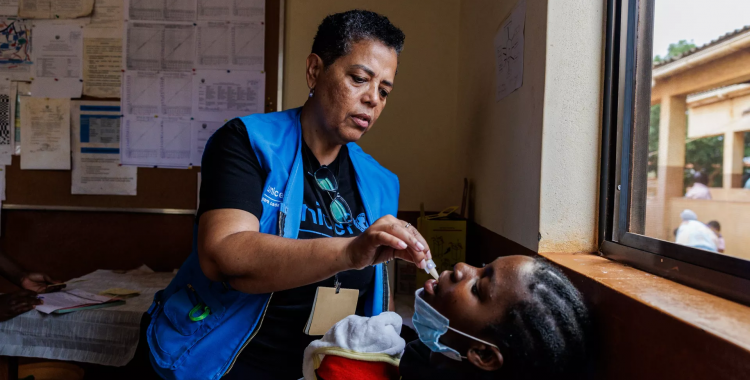Luanda and Cuanza Norte continue to record the highest number of new cases and deaths from cholera, which has already spread to 16 of Angola's 21 provinces and caused 329 deaths, according to the epidemiological bulletins of the Ministry of Health (Minsa).
Since the beginning of the outbreak on 7 January, 8,543 cases have been reported in the provinces: Luanda (4,143), Bengo (2,485), Icolo and Bengo (813), Cuanza Norte (490), Benguela (222), Malanje (211), Zaire (52), Cabinda (41), Cuanza Sul (36), Huambo (23), Uíge (15), Huíla (seven), Bié (two), Cunene (one), Cubango (one) and Lunda Sul (one), with people aged between 2 and 100 years old.
There have been 329 deaths since the outbreak began, with the case fatality rate (i.e. the number of deaths from cholera in relation to the population of a given region, in a given period) currently standing at 3.8 percent, above the 1 percent indicator defined by the World Health Organization as the standard.
Cholera is an infectious disease caused by bacteria, transmitted by direct faecal-oral contamination or by ingestion of contaminated water or food.
Associated with poor sanitation and hygiene, the disease presents symptoms such as diarrhoea, vomiting, abdominal pain and cramps and if left untreated can lead to death.
More than half of the deaths occurred in the province of Luanda, 95 in Bengo, 38 in Cuanza Norte, 21 in Icolo and Bengo, 9 in Benguela, 6 in Malanje, 3 in Cuanza Sul, 2 in Zaire and 1 in Cabinda.







